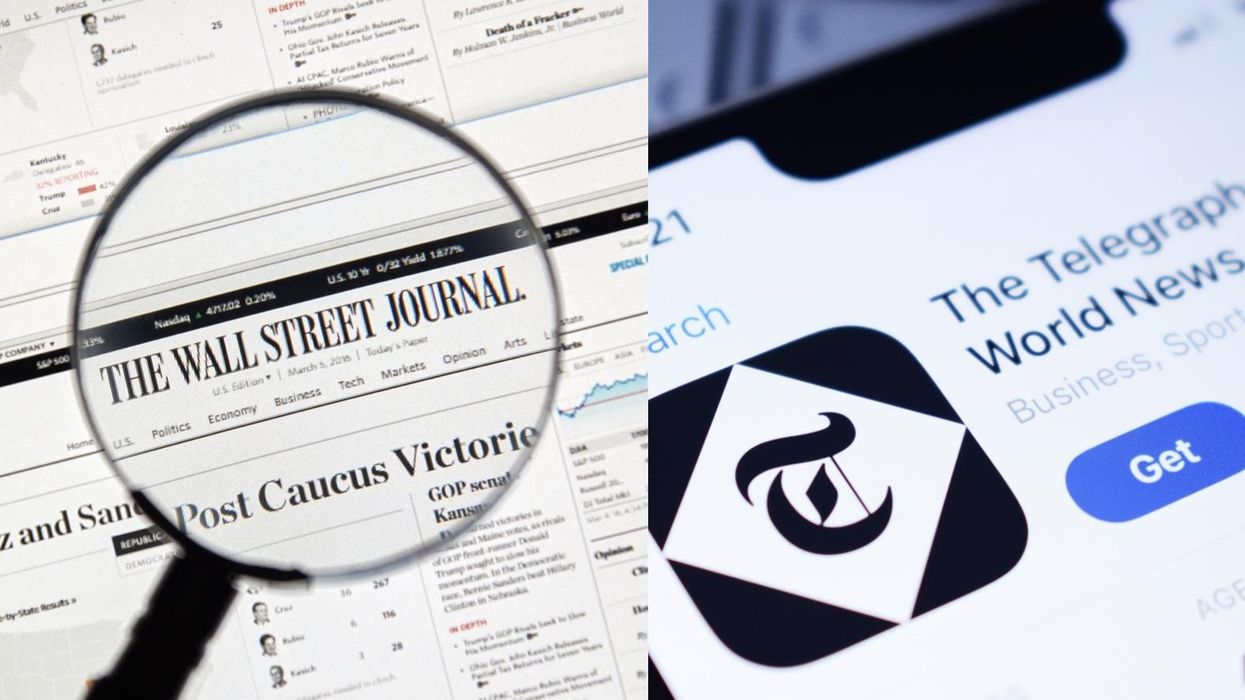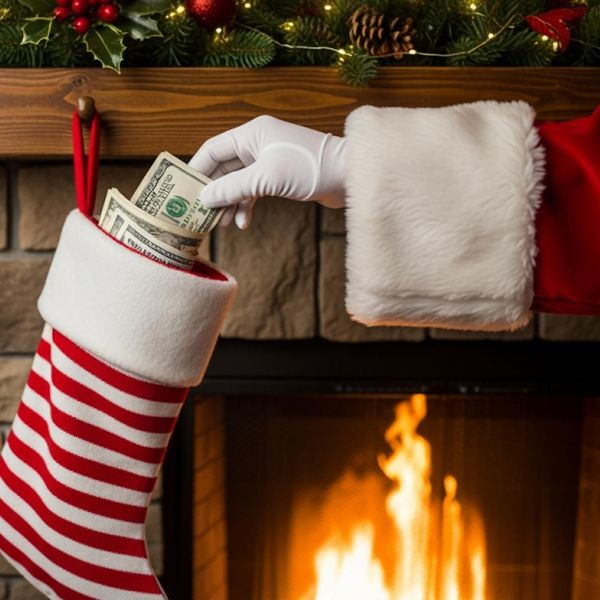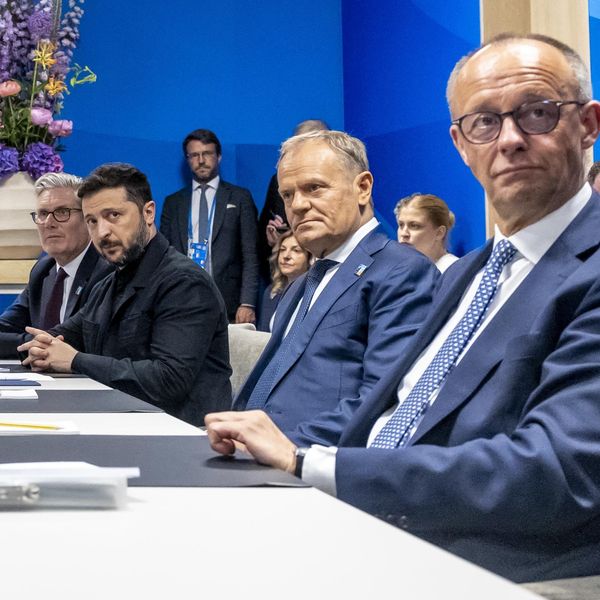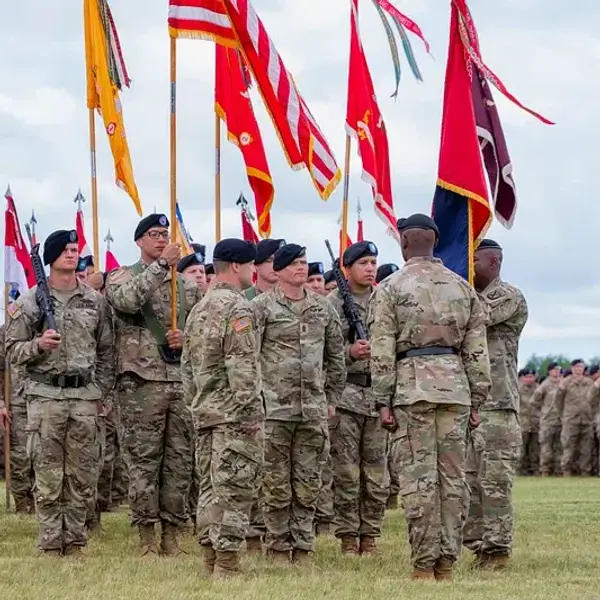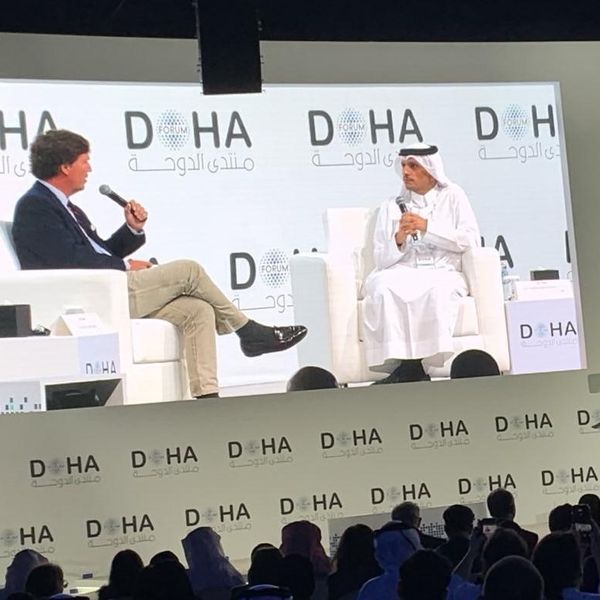Thomas Joscelyn, a Senior Fellow at the Foundation for the Defense of Democracies, argued recently that the narrative of ending endless wars is “vacuous.” Joscelyn points to real problems with how some have applied the narrative. Yet the proper response is not abandonment of ending endless war as an aim, but requiring Americans to face each counterterrorism decision in terms of the benefits, costs, morality, and achievability of seeking specific objectives via military force.
Joscelyn mounts four main critiques of the narrative of ending endless war.
First, he contends that it is an “example of strategic narcissism, framing these wars purely through the lens of American decision-making” because jihadist insurgents will not stop fighting.
A serious effort to end America’s endless wars must acknowledge that jihadists will continue to wage insurgencies even with the withdrawal of U.S. forces. Yet rather than “strategic narcissism,” a focus on U.S. decision making is a proper recognition of the true power balance between insurgents who are unable to project power into the U.S. beyond occasional raiding and a superpower that is secure.
Between the 9/11 attacks and December 6, 2019, when Mohammed al-Shamrani killed three sailors at Naval Air Station Pensacola, no foreign terrorist organization directed or even coordinated a deadly attack inside the U.S., and it is far from clear that attack in Pensacola, which al-Qaida in the Arabian Peninsula at least helped coordinate reflects a sustainable capability to do so.
There is likely no situation in which jihadists could pose an existential threat to the United States. To the extent they might, the mechanism would be political overreaction due to fear of terrorism, emphasizing that the power to define the conflict and to decide which terrorist threats justify war sits not with the jihadists but with the U.S. Americans may decide the increased risk of terrorism in the homeland or interests outside the homeland justify war, but they should not pretend it is not an American choice. American neo-Nazis also often view themselves as waging an endless war, Americans don’t have to accept war as the proper frame for that just as they don’t have to when it comes to jihadists.
Second, Joscelyn contends that the Obama administration also talked about ending endless war and already brought the “vast majority of our troops home” largely mooting the issue.
Obama did use such rhetoric. Yet even in 2008, critics argued he would be prone to continuing the endless “war on terror” despite his expressions of concern. Obama’s failure cannot be read as proof the frame has no content.
This contention then is not about newness, but rather that smaller wars do not deserve the label “endless” and are not significant. This stance conflates endlessness with deployment size. Endlessness emerges when a belligerent adopts objectives it lacks the capability to achieve and at the same time is not at risk of being defeated. Where these two conditions hold with no visible possibility of change, endlessness emerges regardless of how many soldiers are involved.
Third, Joscelyn contends that it is unlikely that ISIS or al-Qaida will be defeated, writing, “there is an obvious tension” between politicians’ calls for defeating terrorist groups and their calls for ending endless war. He argues “it’s better to think in terms of containment and disruption.”
This is correct. As I have written, the decentralization of the jihadist movement and socio-economic conditions that enable insurgency throughout the Greater Middle East makes defeat a pipe dream. As Joscelyn has noted (and as I have noted as well) the Biden campaign and the Democratic Party have at times proclaimed defeat as an objective while also claiming they will end endless wars. The agenda released by the Trump campaign — effectively the GOP platform given the GOP’s decision to not draft one — falls into the same contradiction, asserting that Trump will “Wipe Out Global Terrorists” and “Stop Endless Wars.”
Yet containment and disruption as strategy is best implemented alongside ending endless war. The U.S. should view itself as in a long-term competition with jihadist insurgents but should not view that competition itself as war with all the acceptance of legal and normative exceptions and tendency towards military means war brings. Instead, the U.S. should wage specific, congressionally authorized wars for clear and achievable limited objectives.
The American public and policymakers should have to make a choice with each such war that the war aims are worth the costs in Americans’ and others’ lives and that the war is consistent with moral and legal principles. Wars should be guided by judgments that the objectives are achievable without permanently applying military force, and where they turn out not to be, Americans should admit they failed.
Joscelyn’s framing of containment retains too much of the view of jihadists as a permanent enemy requiring defeat. His discussion of the threat emphasizes the speed with which jihadists can emerge as threats and their continued intent to target the U.S. In the absence of discussion of specific capabilities in particular contexts, this amounts to an acceptance of preventive war logic. He asserts, contra advocates of ending endless wars, that “Wars do not typically ‘end’—they are won or lost,” yet holding such a stance while eschewing defeat as objective is merely an admission of strategic incoherence — unless one’s objective is specific and defined as something limited.
Joscelyn further argues that withdrawals will harm the structure needed for effective disruption. This is a real concern, but it calls for developing restraint-oriented force structures not embracing the incoherence of endless war.
Fourth and finally, Joscelyn argues that because the commitment of U.S. forces is so small today, “it isn’t clear how ‘other instruments of American power’” are harmed by the missions.
The costs of counterterrorism operations since the heights of both the wars in Afghanistan and Iraq have been relatively limited — so far — for the United States. Yet this view is too sanguine in an era, where the United States seems to have few limits on the expansion of the endless “war on terror”, having returned to a now 17-year-old war in Iraq and extended it into Syria.
Policymakers should not trust that an expansion of war that has already seen the United States exchange fire with Iran directly and by proxy; with pro-Syrian regime forces, with semi-state Russian mercenaries who are connected to transnational networks of far-right extremists, and with Turkish-backed rebels, is devoid of escalation risks no matter how few U.S. troops are involved in those firefights.
Rather than illustrating the vacuity of ending endless war as a narrative frame, Josceyln’s arguments illustrate the need to protect its meaning from politicians who would seek to turn it into a vacuous phrasing. The end point of weak commitments to end endless war that don’t address American objectives is indeed the snapback of American warfare when the terrorists’ endless jihad poses a threat to still-valued American interests.
The value of the narrative when properly applied is that it forces decisionmakers to address American objectives and the cost of using military force rather than letting permanent warfare become the backdrop of American life until a crisis spins out of control.



